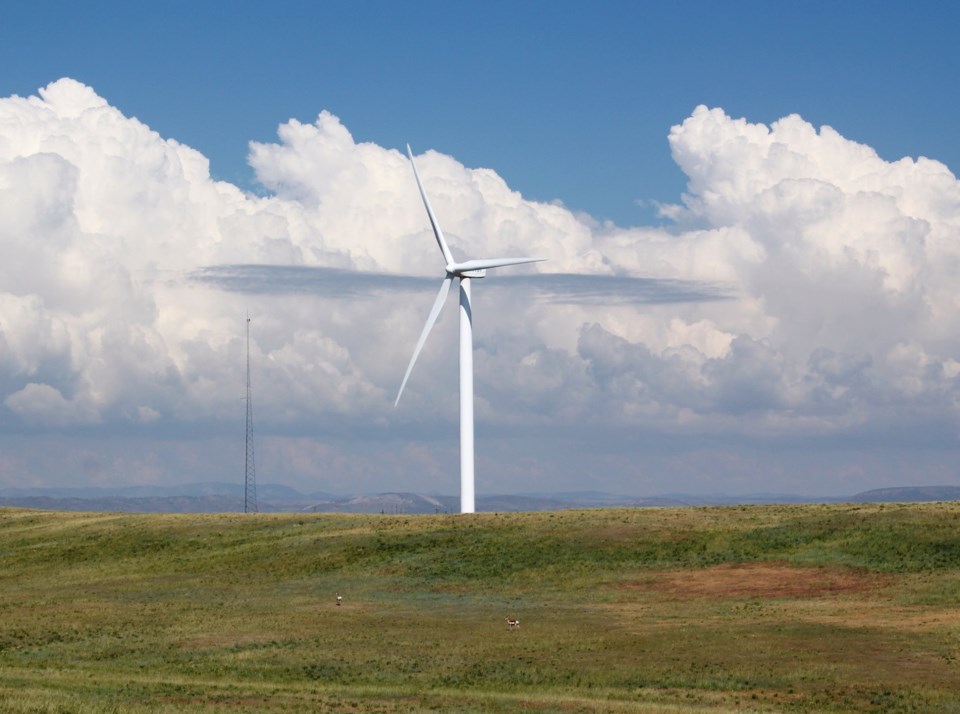The Platte River Power Authority is moving ahead with plans to produce a clean, renewable electric supply by 2030 but it is coming with a price.
PRPA customers — which includes Longmont — will likely see a 5% rate increase in 2023 which will be part of a 40 % increase over 10 years, Platte River General Manager and CEO Jason Frisbie told the city council Tuesday night.
The rate increases are due mostly by higher wholesale costs and the expense of converting power generation to solar and wind sources, David Hornbacher, executive director of Longmont electric services and chair of the PRPA board of directors.
“It’s being driven by rebuilding a new electric system,” Hornbacher said.
During a work session, PRPA officials also detailed how the utility is advancing on its 2030 goal of a 100% non-carbon resource mix by 2030. The switch also will come as the PRPA maintains its “three pillars” — providing reliable, environmentally responsible and financially sustainable energy services, Frisbie told the council.
PRPA was formed in 1973 by the four communities of Estes Park, Longmont, Loveland and Fort Collins.
Raj Singam Setti, PRPA’s chief transition and integration officer, told councilors that through a variety of initiatives, Platte River has reduced carbon use by 33% in 2021 and a 90% or better reduction is expected by 2030.
“The majority of thermal energy on the Platte River system will be replaced by wind and solar,” Setti told councilors.
Officials said they were also studying the potential impacts of the passage of the Inflation Reduction Act, although Hornbacher described it as a “game changer.”
The law invests $369 billion dollars over the next decade to combat climate change, representing the largest federal investment in history to combat climate change, according to a new release from Colorado Communities for Climate Action.
The law directs spending, tax credits and loans to foster investment in technology like solar panels, and to support consumer efforts to improve home energy efficiency. The law will result in methane emission reductions at power plants, and support air pollution controls on farms, and low-income communities, according to the CC4CA.



